6 Cleaning Mistakes, and What to Do Instead
The quickest, most efficient strategies to get streak-free windows, remove stains from a white sofa and more.
By Lynn Andriani
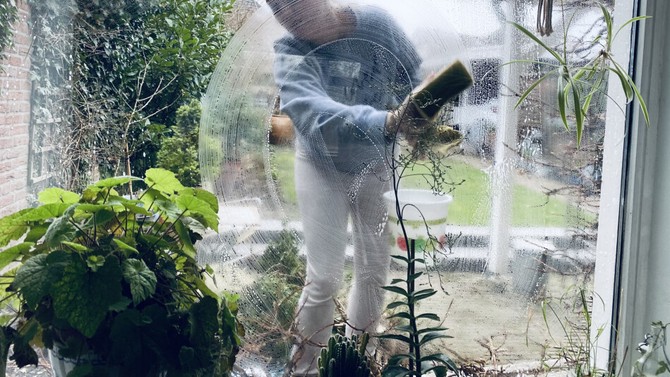
Photo: middelveld/Getty Images
Washing Windows on a Sunny Day
A gorgeous spring morning may seem like the perfect time to wash your windows. But doing the job when it's sunny out is a bad idea, since the windows will dry too quickly and probably streak. An overcast day is better, says Cindy LeBow, founder of Great Green, an environmentally friendly cleaning service in New York City. LeBow makes a solution from 2 ounces of vinegar, 20 ounces of water and a few drops of dishwashing soap. Using a microfiber cloth (instead of a sponge) will ensure that you don't use too much cleaning solution—it should coat the windows but not splash down them. Donna Smallin, author of The One-Minute Cleaner, says a squeegee will make the job a lot easier too (run it over the windows after you wash with a cloth).
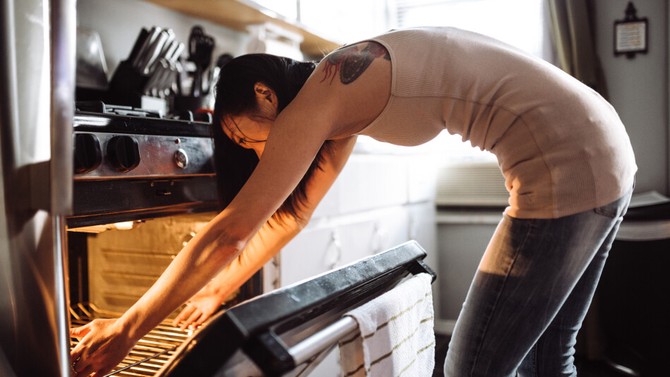
Photo: franckreporter/Getty Images
Cleaning a Cold Oven
We're not saying you should start scrubbing when it's hot, but a warm oven is easier to clean than a cold one, according to Great Green's LeBow. Turn it on low (e.g., 250°) for 10 to 15 minutes. Then turn it off, spray a nonabrasive cleaner (or spread a homemade baking-soda-and-water paste) all over the inside, and let it sit for 20 minutes. Scrub with a nylon brush or pad and use a sponge to rinse it off.
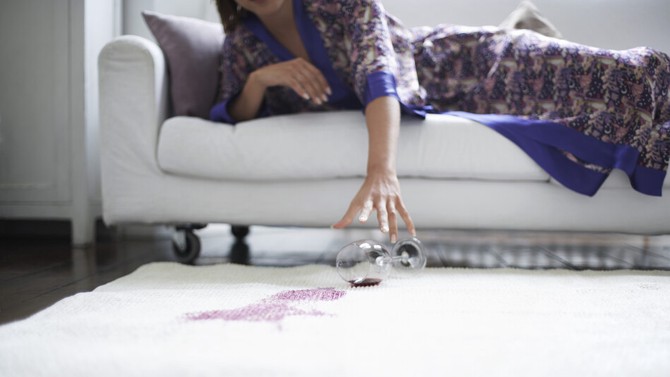
Photo: moodboard/Getty Images
Scrubbing Like Crazy
Sim Fern, co-founder of Mod Restoration in Brooklyn, says the first thing people do when they spill, say, red wine on their white sofa is douse a towel in water or club soda and furiously try to rub the stain out. While club soda can help, the last thing you want to do is scrub—that just does more damage. Keep a cleaner like Guardsman Professional Strength Dry Cleaning Fluid handy, says Fern (and try it on an inconspicuous area when you buy it, before you're faced with a must-treat-now stain). Then, dab it onto the stain with a cloth. Don't scrub, since that will just ingrain the stain further. Keep using new sections of the cloth, and eventually you will get all or most of the wine (or other offender) out.
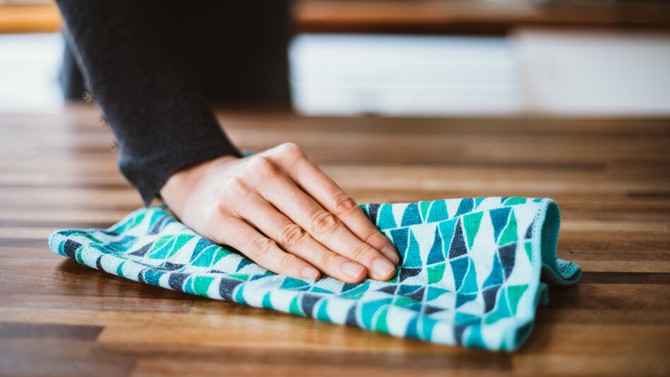
Photo: Basak Gurbuz Derman/Getty Images
Spraying Furniture Polish All Over a Table
Statistics are hard to come by, but we're pretty sure 99 percent of people who set out to dust their wood furniture do the spritz-and-wipe. However, if you spray your cloth instead, you'll have to buff less, you'll waste less product and you'll avoid the sticky buildup that can come from using too much polish. (Hint: Ones with citrus oil will bring out the wood's natural shine, and the oil tends to repel dust and dirt for a while.) And if your aim is simply to remove dust, you don't have to use any cleaner at all—Smallin is a huge fan of microfiber dusters, since they pick up dust on their own and don't need spray.

Photo: Nastasic/Getty Images
Using an Abrasive Cleaner on Your Bathtub
Steven Natale, owner of Staten Island, New York, bathroom repair and refinishing service Al & Dave & Son, says the reason many tubs lose their luster is they've been scrubbed with cleansers that have granulated powders, like Comet and Ajax. They scuff the porcelain and take the glaze off. Instead, he advises, use a mild shower spray like Scrubbing Bubbles. Natale knows one woman whose tub he reglazed 17 years ago—and it's still spotless and shiny. She sprays the surface daily with the nonabrasive cleanser and (although the directions say you don't need to) rinses it off and wipes it dry 10 minutes later. If you'd rather not spray every day, do what Natale does at home: He just runs a bath towel—a dry rag would work too—over the tub after he showers and the water has drained, since, he says, simply drying the tub is enough to prevent scum.
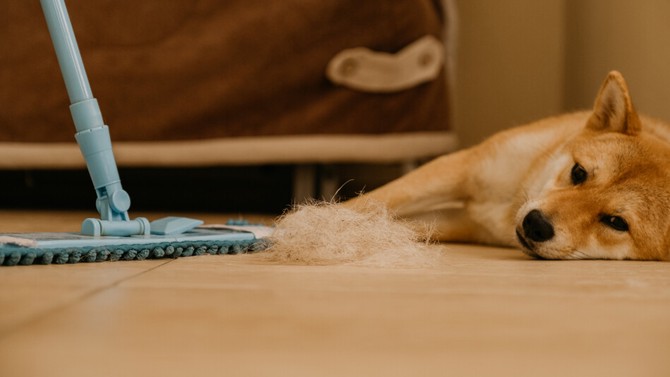
Photo: Konstantin Tsevelev/Getty Images
Vacuuming Up Pet Hair
If you have a pet that sheds, you're probably accustomed to rolling a lint brush over your clothes and furniture daily. But if you've been taking a vacuum to your hardwood floors in an attempt to rid them of hair, chances are you're just blowing the mess around instead of picking it up. Jennifer Coates, a licensed veterinarian and contributor to petMD.com who once owned five dogs and four cats, says the vacuum's exhaust tends to push as much hair away as it cleans up. On wood and other hard floors, she says, use a big electrostatic mop (like Carlisle's Microfiber Dry Mop Pad), which won't create a lot of wind, so you can push the hair into a big pile. Then, pull out the vacuum—but use the wand attachment—to suck it up. You can also use the vacuum to clean the mop itself, or just toss it into the washing machine.
Published 01/30/2012

